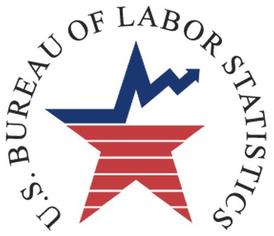United States Bureau of Labor Statistics

"Children have worked in America, contributing to the well-being of the family unit, since the arrival of the first colonists. European settlers, bringing social values with them that equated idleness with pauperism, were quick to pass laws that actually required children to work." The chapter continues, "Factory towns grew up de- pendent on a labor supply of women and children, the children working not necessarily as apprentices but as factory labor. Children were seen as a cheap and manageable source of labor."
"By 1913, all but nine States had fixed 14 years as the minimum age for factory work, and a majority of the States had extended this minimum to stores and other specified places of employment. Although Congress had made several attempts [i.e. The Keating-Owen Act and Hammer vs. Dagenhart] to restrict oppressive child labor, the attempts had failed, usually on constitutional grounds. It was not until 1938, with the passage of the Fair Labor Standards Act (upheld by the Supreme Court in 1941) that meaningful Federal child labor legislation was enacted. The Fair Labor Standards Act (FLSA) remains the Federal law governing minimum wages, overtime, child labor, and recordkeeping." -(BLS Publications)
To see the entire Chapter in PDF form, click here.
"By 1913, all but nine States had fixed 14 years as the minimum age for factory work, and a majority of the States had extended this minimum to stores and other specified places of employment. Although Congress had made several attempts [i.e. The Keating-Owen Act and Hammer vs. Dagenhart] to restrict oppressive child labor, the attempts had failed, usually on constitutional grounds. It was not until 1938, with the passage of the Fair Labor Standards Act (upheld by the Supreme Court in 1941) that meaningful Federal child labor legislation was enacted. The Fair Labor Standards Act (FLSA) remains the Federal law governing minimum wages, overtime, child labor, and recordkeeping." -(BLS Publications)
To see the entire Chapter in PDF form, click here.
